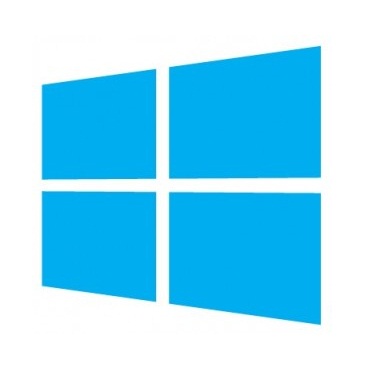Studies Show Windows 8 Adoption Lagging

Windows 8 seems to be getting a tepid response from Christmas season shoppers, according to market reports, but analysts say it’s just a hiccup
Cyber Monday is shaping up to be another D-Day for Microsoft as market watchers try to track how many shoppers clicked on “Buy Now” for a new tablet, laptop or PC running Windows 8, especially amid seemingly weak sales of devices running the new OS so far.
Without hard unit sales reports to go on from Microsoft or other retail sources, some reports use other methodologies to glean findings that Windows 8 adoption at this point trails that of its predecessor Windows 7, which launched in October 2009.
Low adoption rates
The site NetApplications reported that for the week ended 18 November, only 1.19 percent of the computers it tracks for usage statistics were running Windows 8, compared to 45.54 percent for Windows 7 and 39 percent for Windows XP. But Windows 7 had already reached 2.66 percent one week after its general release on 22 October, 2009, a nearly 40 percent leap over the 1.91 percent share it held in the week prior to its retail release.
 The only statistic revealed by Microsoft is chief executive Steve Ballmer’s statement at the company’s Build Conference in late October that Microsoft had sold 4 million upgrades to Windows 8 to owners of devices running an older version of the OS.
The only statistic revealed by Microsoft is chief executive Steve Ballmer’s statement at the company’s Build Conference in late October that Microsoft had sold 4 million upgrades to Windows 8 to owners of devices running an older version of the OS.
Pundits say the weak initial sales are due to the new user interface (UI) for Windows with its array of tiles on the home screen to designate different applications and the lack of a familiar “Start” button to launch apps. But Charles King, principal analyst for Pund-IT research, says give Windows 8 time.
“I think we’re a little early in the adoption cycle to drive a stake into the heart of Windows 8,” said King.
The basic Windows UI that people are so familiar with dates to Windows 95, which is almost 20 years old, he notes. Windows 8 is a departure from that, but a necessary one, given the market transition from desktop PCs to laptops, tablets and convertible devices.
At an analyst conference that King attended recently, Intel said its focus was shifting, too, away from PCs as we’ve known them, to touch-enabled devices. Intel is doing so based on surveys of consumer and business PC users that showed touch enablement was at the top of the list of next-generation features that customers wanted to see.
Different UI
Furthermore, Apple went through a similar situation when it introduced the iPhone in 2007 and the iPad in 2010, he said, both of which had a UI different from that of Mac desktop and laptop computers.
“The user interface was like nothing Mac users were used to. But Apple users didn’t seem to be inhibited at all by that,” said King.
And there are other reasons to believe Windows 8 sales are about to gain some traction. InformationWeek cites stats from PriceGrabber.com that show that from 16 to 22 November the number one most searched electronics product on the shopping site, including click-throughs to a merchant site, was the Microsoft Surface 64GB tablet. Surface is the first tablet with Microsoft software running on a Microsoft-manufactured computer. Tablets running Google’s Android OS and Apple iPads trailed in the PriceGrabber ranking.
Time, and Microsoft’s $1 billion (£620m) advertising campaign for Windows 8, should combine to win more people over eventually, King suggested.
“Technology customers have proven to be remarkably resilient and enthusiastic about embracing new technology when they come along if they feel they’ll get some good out of a product or they think that a product is incredibly cool,” King said.
Do you know all about HP, the IT firm from the garage? Take our quiz!
Originally published on eWeek.